Head-Up Display Technology Breakdown: Comparing Different Options
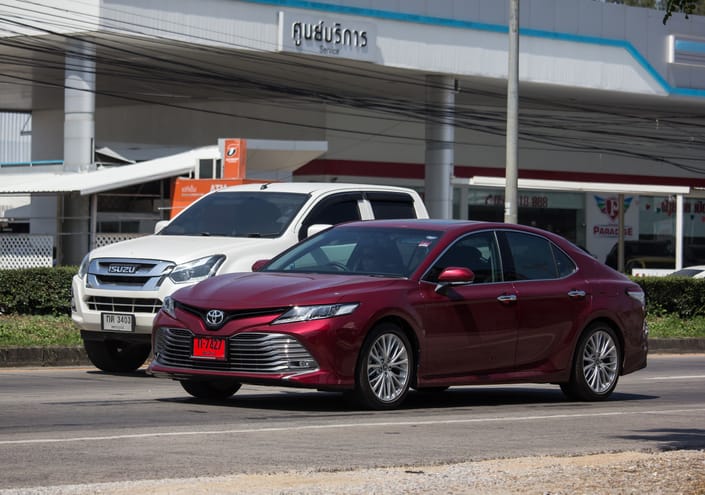
In today's car-centric world, driver distraction is a major concern. Taking your eyes off the road for even a split second can have disastrous consequences. Head-up displays (HUDs) offer a solution by projecting vital information directly onto the windshield, allowing drivers to keep their eyes focused on the road ahead. But with various HUD technologies emerging, understanding the differences is crucial. This article delves into the breakdown of HUD technology, comparing the two main options and showcasing examples of cars that utilize each system.
The Need for Head-Up Displays:
Before diving into the specifics, let's establish the purpose of HUDs. Traditionally, drivers rely on the instrument cluster, located behind the steering wheel, to access critical information like speed, navigation, and warning lights. However, glancing down disrupts focus and can be dangerous, especially at high speeds. HUDs eliminate this issue by projecting this information onto the transparent part of the windshield, allowing drivers to see it without diverting their gaze. This enhances safety and improves overall driving experience.
The Two Main HUD Technologies:
There are two primary approaches to HUD technology:
- Windshield Overlay HUD (WOLED): This is the more common and less expensive option. It utilizes a transparent combiner, a thin plastic plate positioned at the bottom of the windshield. The combiner partially reflects light from a projector unit located within the dashboard, projecting the information onto the windshield's surface. The driver perceives this information as hovering above the road ahead.
- Augmented Reality HUD (AR-HUD): This is a more advanced and expensive technology. It employs a complex system of mirrors and lenses to project a virtual image directly onto the real world through the windshield. This creates a true augmented reality experience where information appears to be superimposed on the road itself, offering greater depth perception and potentially displaying additional contextual information.
Comparing WOLED and AR-HUD:
Here's a breakdown of the key differences between WOLED and AR-HUD:
- Image Quality: WOLED displays a simpler image with limited color depth and resolution. AR-HUD offers a sharper, higher-resolution image with a wider color gamut, making information clearer and more visually appealing.
- Field of View: WOLED projects information onto a fixed focal plane, typically a few meters ahead of the driver. AR-HUD boasts a wider field of view, allowing information to be projected at various distances, potentially even highlighting objects of interest on the road itself.
- Cost: WOLED is a more mature and cost-effective technology. AR-HUD, due to its complexity, is currently more expensive to implement.
- Information Display: WOLED typically displays basic information like speed, navigation arrows, and warning lights. AR-HUD has the potential to display a wider range of information, including lane departure warnings, pedestrian detection highlights, and augmented reality navigation overlays.
Car Examples with WOLED HUDs:
Several car manufacturers offer WOLED HUDs as standard or optional equipment. Here are a few examples:
- Toyota Camry: The popular Toyota Camry provides a basic WOLED HUD that displays speed and turn-by-turn navigation arrows.
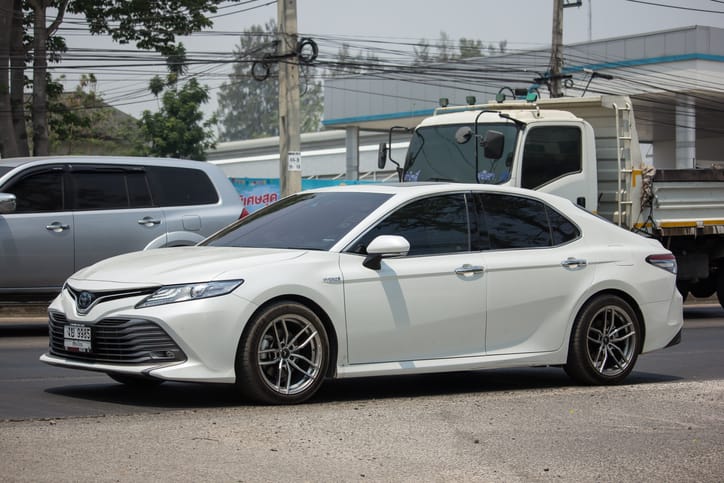
- General Motors Vehicles: Many General Motors vehicles, including the Chevrolet Malibu and Buick LaCrosse, offer a WOLED HUD that projects speed, navigation, and driver-assistance system alerts.
- Hyundai Sonata: The Hyundai Sonata features a WOLED HUD displaying speed, navigation, and blind-spot monitoring information.
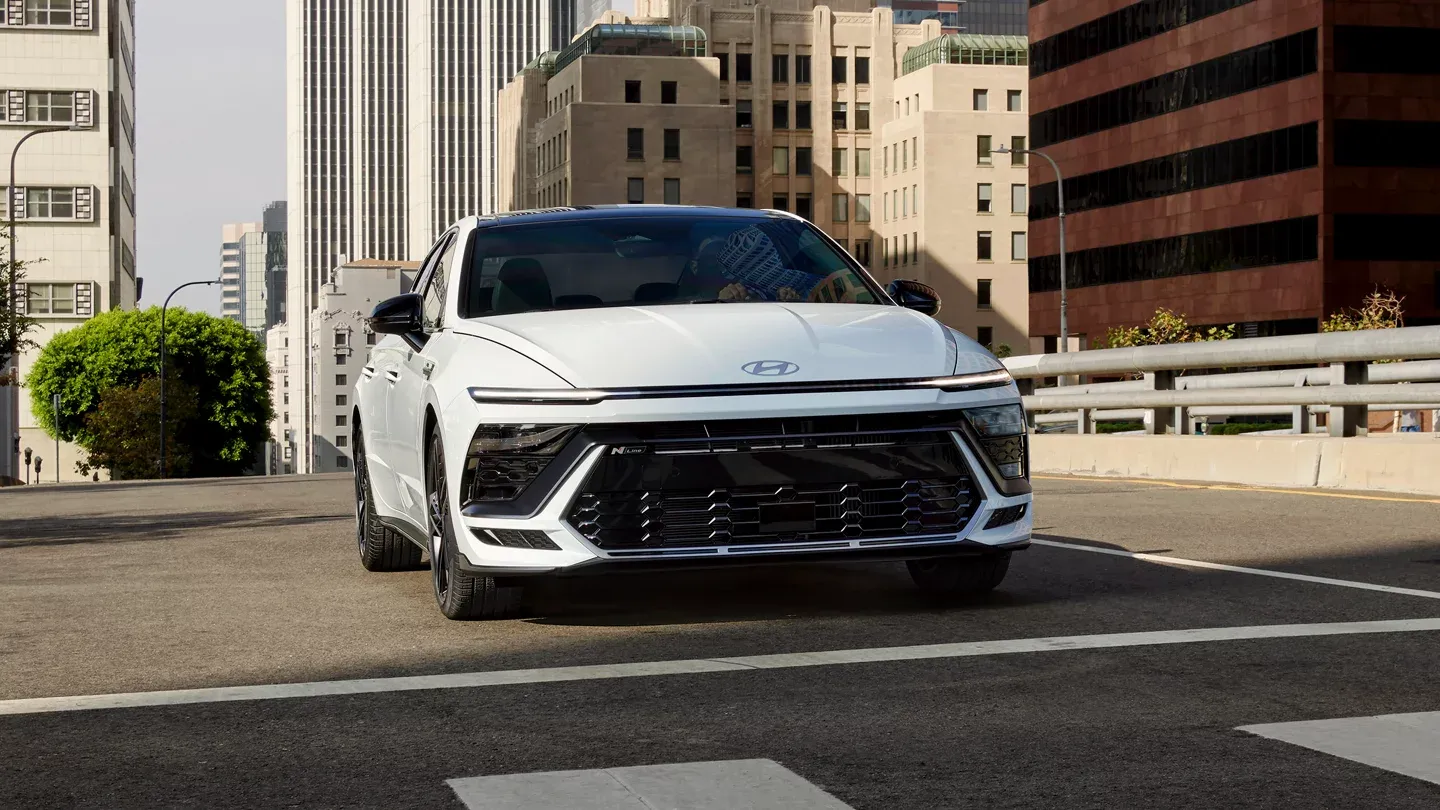
Car Examples with AR-HUDs:
While still in its early stages, AR-HUD technology is slowly being incorporated into luxury and high-performance vehicles. Here are some examples:
- Mercedes-Benz S-Class: The latest generation Mercedes-Benz S-Class boasts a sophisticated AR-HUD that displays speed, navigation with lane guidance arrows superimposed on the road, and even highlights detected pedestrians.
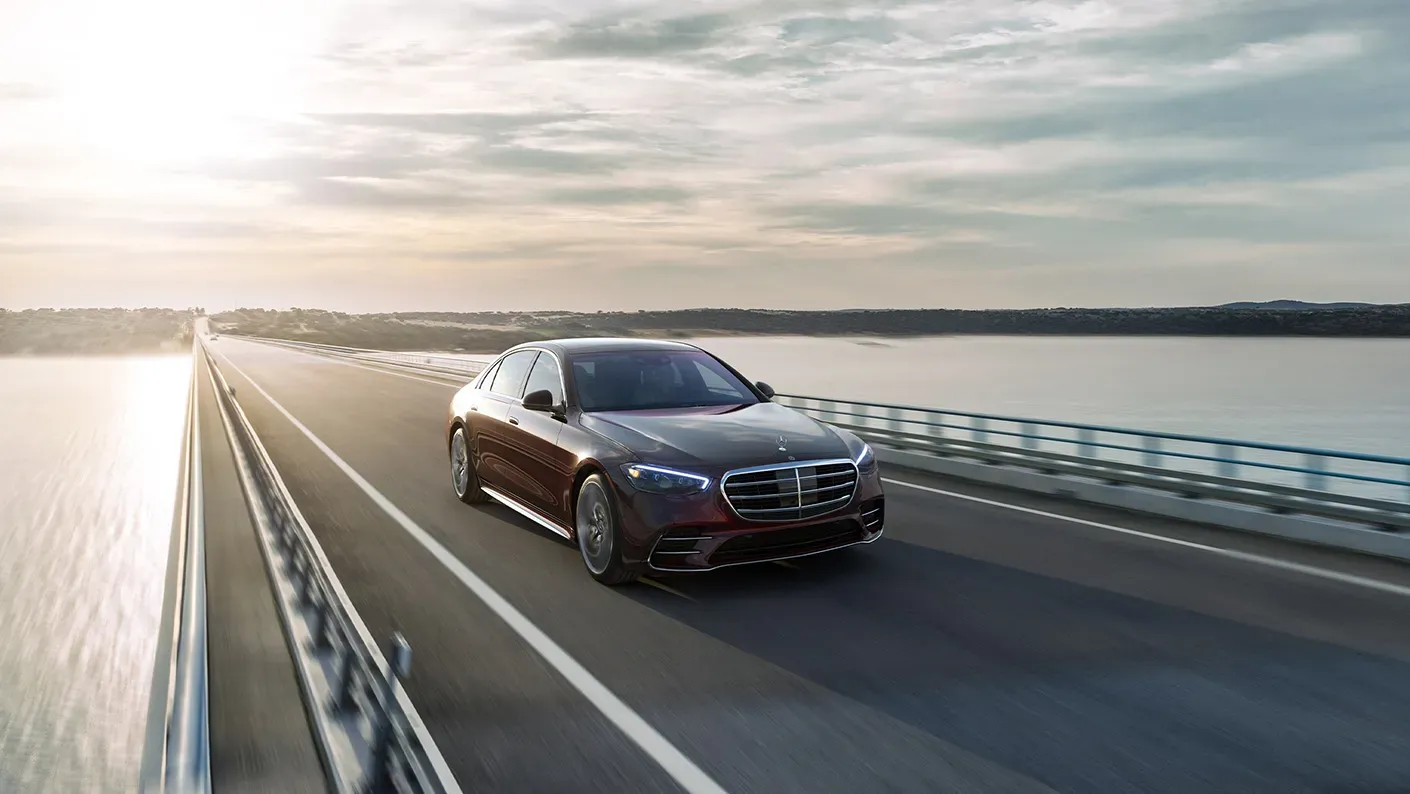
- BMW iX Flow: This futuristic concept car from BMW showcases a panoramic AR-HUD that spans the entire windshield, projecting a vast amount of information and potentially even displaying augmented reality entertainment options for passengers.
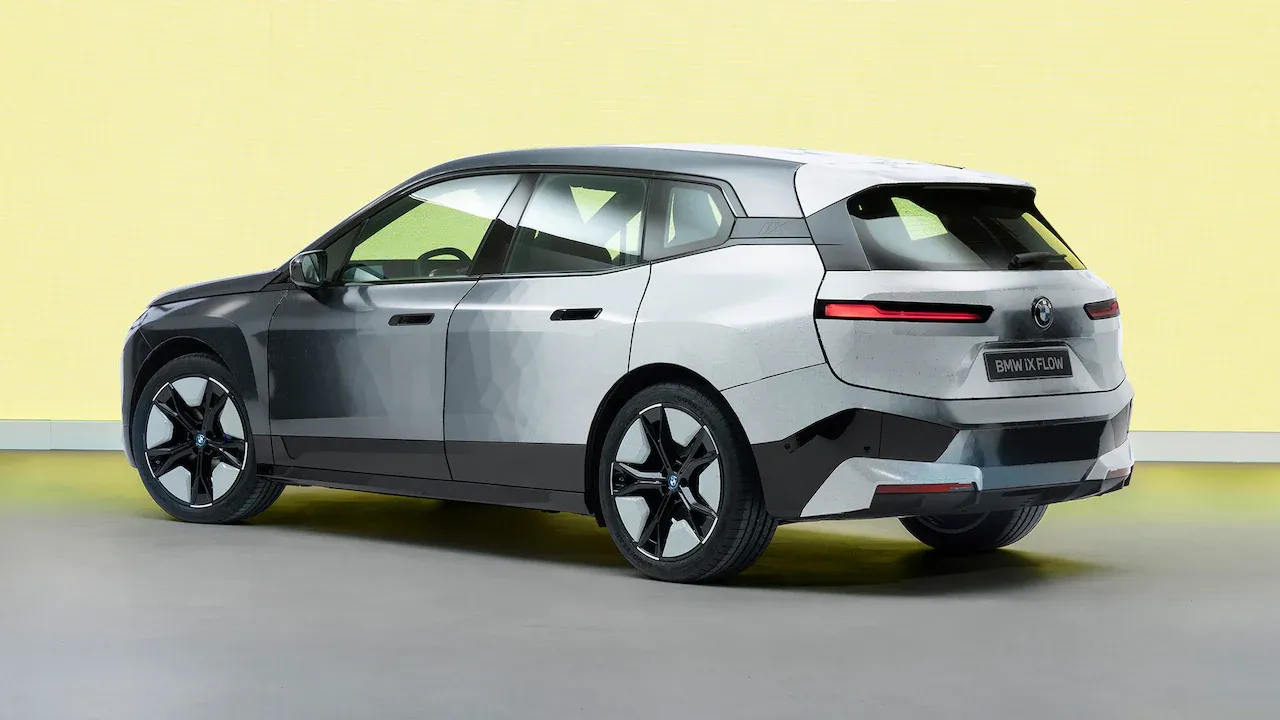
- Land Rover Defender: Land Rover offers an AR-HUD option for the Defender that displays off-road information like terrain ahead and approach angles, enhancing the driver's experience on challenging trails.
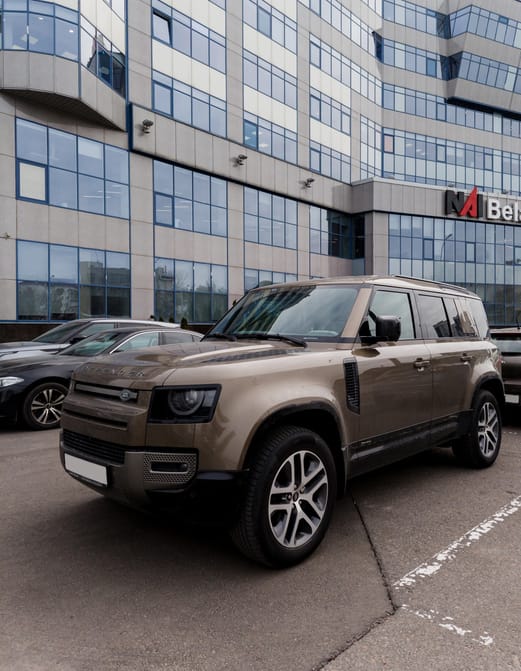
The Future of HUDs:
The future of HUD technology is bright. As AR-HUDs become more affordable and the technology matures, we can expect them to become commonplace in most vehicles. Imagine a world where your car highlights the safest lane for merging, displays real-time speed limits, and even warns you of potential hazards around corners – all without taking your eyes off the road. HUDs have the potential to revolutionize the driving experience, promoting safety and offering a seamless integration of information into the driver's field of view.
Conclusion:
Head-up displays offer a significant advancement in car safety and driver convenience. By keeping essential information within the driver's line of sight, HUDs minimize distractions and improve reaction times. While WOLED HUDs are currently more prevalent due to their affordability, AR-HUDs hold immense potential for the future. Their ability to display a wider range of information with greater depth perception paves the way for a more immersive and informative driving experience. As technology continues to develop and costs come down, AR-HUDs are poised to become the dominant HUD technology, transforming the way we interact with our vehicles and navigate the roads.
